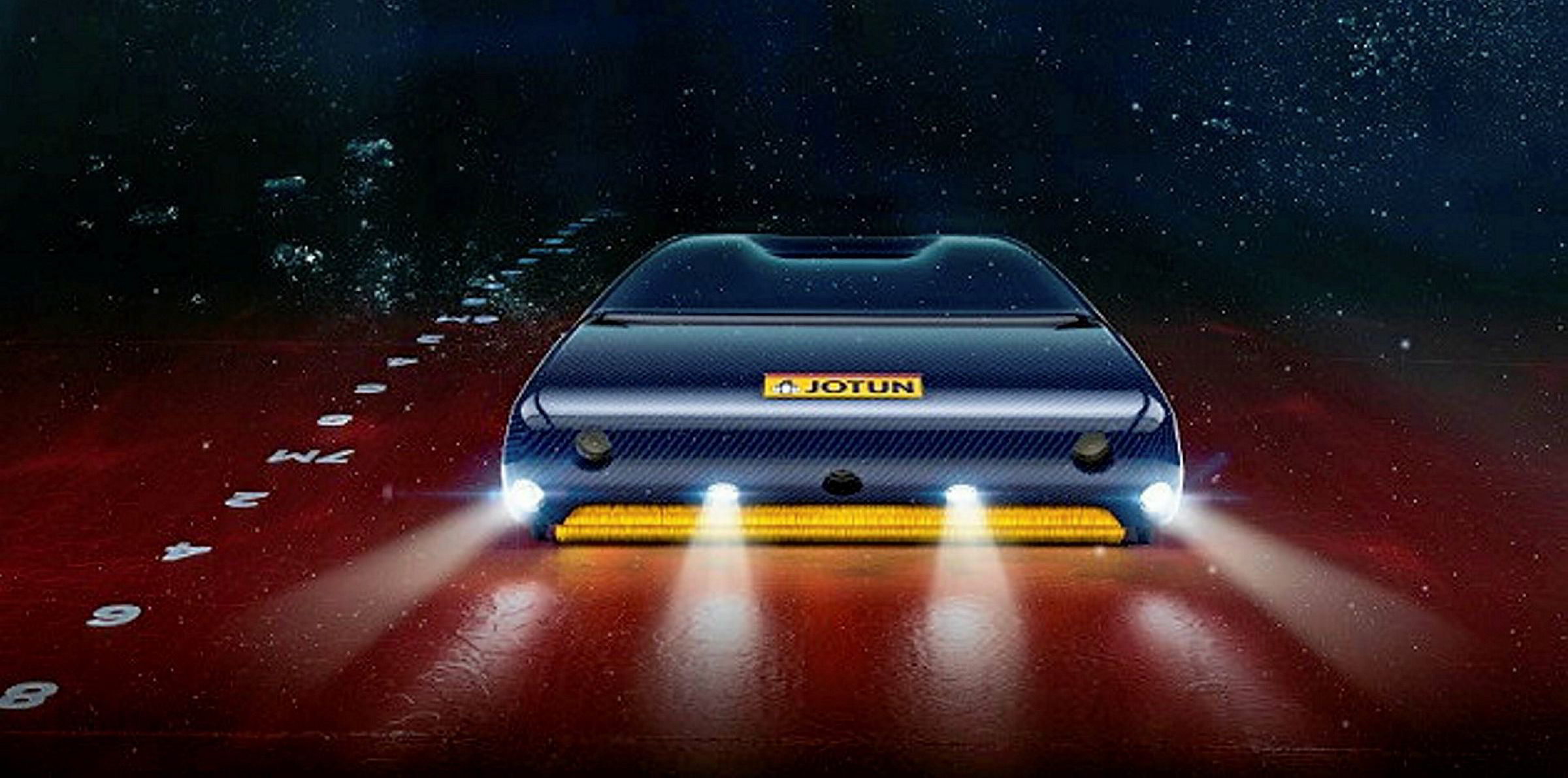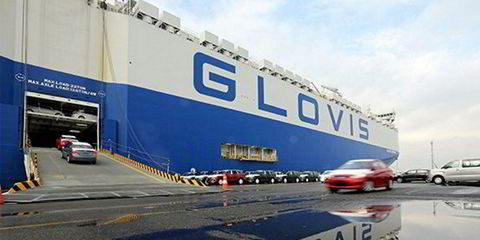Degradation of hull coatings can significantly affect Carbon Intensity Indicator (CII) ratings within a few years affecting ships’ emission levels and ability to trade, claims research by Jotun.
The Norwegian hull coatings manufacturer said antifouling coatings that are not effective in protecting a hull against biofouling will result in loss of speed, increased fuel consumption and reduced CII ratings.
Its research dispels the notion that low friction coatings can improve a vessel’s Efficiency Existing Ship Index (EEXI) requirements purely through theoretical calculations and adjustments, the company said.
Owners may see EEXI compliance as the most pressing current need, but decisions on hull coatings can have significant commercial consequences for CII ratings over the next few years, it added.
An A-rated CII efficiency 388,000-dwt bulk carrier on leaving drydock with a market-average antifouling would see annual deterioration that meant it fell short of its required CII by the end of the fourth year.
Jotun said a premium antifouling would keep the vessel within regulatory expectations, while an ultra-premium coating with proactive cleaning would deliver the best rating. However, stricter requirements by the fifth year would still result in a drop from an A to B-rating.
Its findings were supported by vessel performance data using the ISO 19030 standard from three sister vessels with consistent operational profiles.
Jotun said it has built a digital tool to project individual ships’ expected increase in carbon emissions over time for different antifouling coatings against progressive tightening of CII ratings.
Less effective antifouling coatings could negate the effect of retrofit efficiency improvements made to improve older ships’ CII ratings costing hundreds of thousands of dollars, it added.





